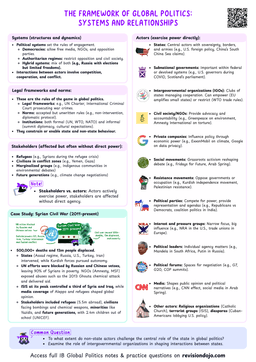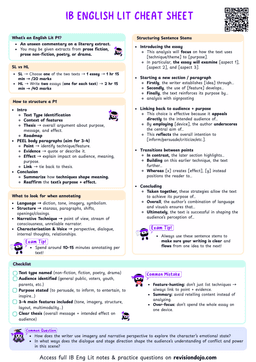Understanding Violence

Defining Violence
Direct Violence
Physical harm or force inflicted on individuals or groups, such as war and torture.
Structural Violence
Systemic inequalities embedded in social, economic, and political structures such as poverty, discrimination, lack of access to healthcare.
Cultural Violence
Norms, values, and ideologies that justify or legitimize violence such as racism, sexism, religious intolerance.
- The Rwandan Genocide (1994) is a stark example of direct violence, where ethnic tensions fueled mass killings.
- Structural violence was evident in the economic disparities and political marginalization of the Tutsi minority
- Cultural violence was perpetuated through propaganda that dehumanized the Tutsi population.
Interpreting Violence
- Realist Perspective: Views violence as an inevitable aspect of power struggles and state interests.
- Liberal Perspective: Emphasizes the role of international institutions and cooperation in mitigating violence.
- Critical Theories: Focus on underlying structures of inequality and oppression that perpetuate violence.
- It's important to recognize that violence is not always physical.
- Structural and cultural violence can be just as damaging, even if they are less visible.
Exploring Peace
1. Negative Peace
- The absence of direct violence or war, but underlying issues remain (e.g. inequality, oppression).
- Example: A ceasefire without resolving the root conflict.
2. Positive Peace
- The presence of justice, equality, and harmony, where the root causes of conflict are addressed.
- Example: A society with fair laws, equal access to opportunities, and strong institutions.
- Negative peace is like putting a bandage on a broken bone, the bleeding stops, but the bone is still broken.
- Positive peace is like setting the bone and healing it, the root problem is fixed.
- Positive Peace: South Africa
- The post-apartheid transition in South Africa illustrates the pursuit of positive peace, as efforts were made to address structural inequalities and promote reconciliation through initiatives like the Truth and Reconciliation Commission.
- Negative Peace: North Korea and South Korea
- Since the Korean War armistice in 1953, there has been no active war, but no peace treaty was signed.
- There is an absence of direct violence, but the countries remain deeply divided with:
- High military tension (e.g. DMZ standoff)
- No diplomatic resolution
- Ongoing political hostility


